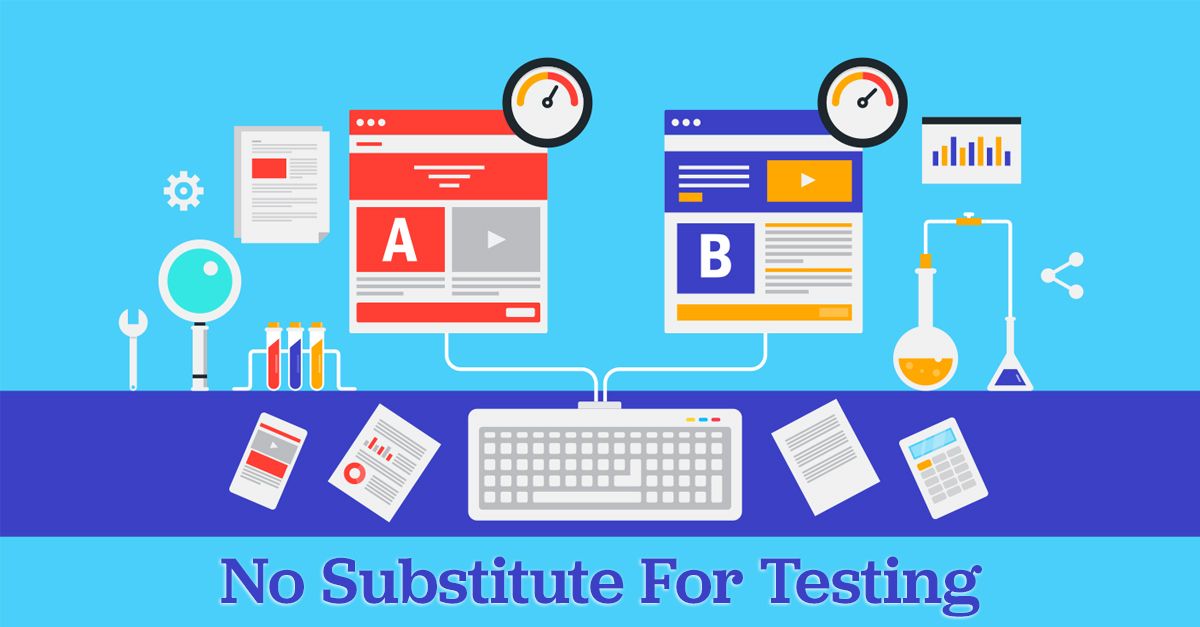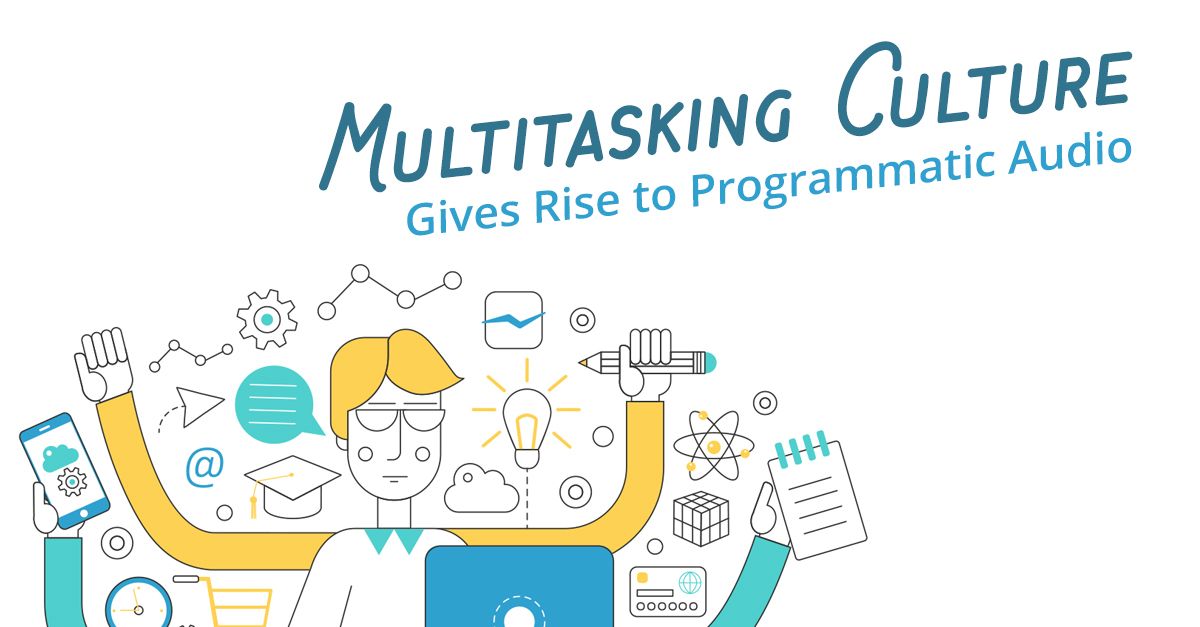
If you’re a little confounded about the exact details of marketing attribution, don’t sweat it too much – you’re not alone! But, don’t wait too long to learn, or you’ll fall further behind the eightball. Here’s a few reasons why:
- 76% of all advertisers say that they currently have, or will have within the year, the ability to use marketing attribution
- 34.1% of businesses don’t use any attribution model to measure marketing performance
- 25% of advertisers have stated that the main reason they haven’t adopted data-driven attribution yet is because of structural and organizational challenges
Up until a few years ago, tracking your success with attribution was a relatively simple funnel. Today, though, assigning a credit to a marketing touchpoint has never been more intricate – unless you have a good grasp of how it’s done, the right technology partner and an understanding of its importance. In fact, most marketers don’t have a firm grasp on the true value of each touchpoint along their customer’s purchasing journey, which means they can’t say they’re effectively spending revenue. At Genius Monkey, that’s just what we do, so we know our way around attribution and the extreme importance of tracking success … all so we can repeat it and improve upon it, which is the whole reason we optimize.
Here are a few points that every CMO and digital marketing manager should know about attribution and how it can exponentially improve their marketing skills:

The Key to Success is Communication
One of the crucial requirements of proper attribution is for everyone involved to come to an agreement on the goals of the attribution program, which key metrics are involved, and the models being tested.
Don’t Throw the Baby Out With the Bath Water
Since the beginning of attribution, marketing managers have eliminated ads that don’t show last click attribution. In fact, still, today it is very tough to attribute ads to different supporting touch points. We see everyday ads that will drive supporting clicks and impressions that lead to final conversions (which would have otherwise been thrown out). If you are not tracking First, Supporting, Last, and First/Last touchpoints, you are losing optimization, and in the end – MONEY!
LTV is a Must
One of the metrics that must be understood by your team is that the crux of an effective attribution program is the Lifetime Value of each customer. If you depend on single-conversion events as the final goal, the clicks that happen upstream don’t get the credit they should. The traffic coming in at the top of the funnel looks a whole lot more important if the end result is measured over time, not one single purchase.

No Substitute for Testing
No matter how good you become at managing your attribution tracking, there will always be more work to be done. Just like everything else in digital marketing, nothing replaces the human touch and continual testing. The goal of attribution, again, is to assess the value of each marketing touchpoint so you can spend more effectively. But that doesn’t inherently increase the value of those touchpoints; that’s still on you and your team.
Don’t Be in Too Big of a Hurry
Not only is reach and frequency, along with the number of actual touches important when measuring attribution, but it’s also important to remember that it takes time. Whatever the business may be, the timeline is significantly impacted by market saturation, duration to purchase, etc. Best practices, along with consistency, equates to maximized impact. That’s because your customers will engage on their terms, not yours!
In the end, what creates problems for marketers is that there are so many brands vying for the consumers’ attention. It is important to note that just because you have a superior product doesn’t mean you will sell more goods. It’s the savvy marketer that comes out ahead.You can bet, though, that clear, relevant communication between team members, agreement on key metrics, and consistency of goals will be important as you move forward with your attribution goals.




